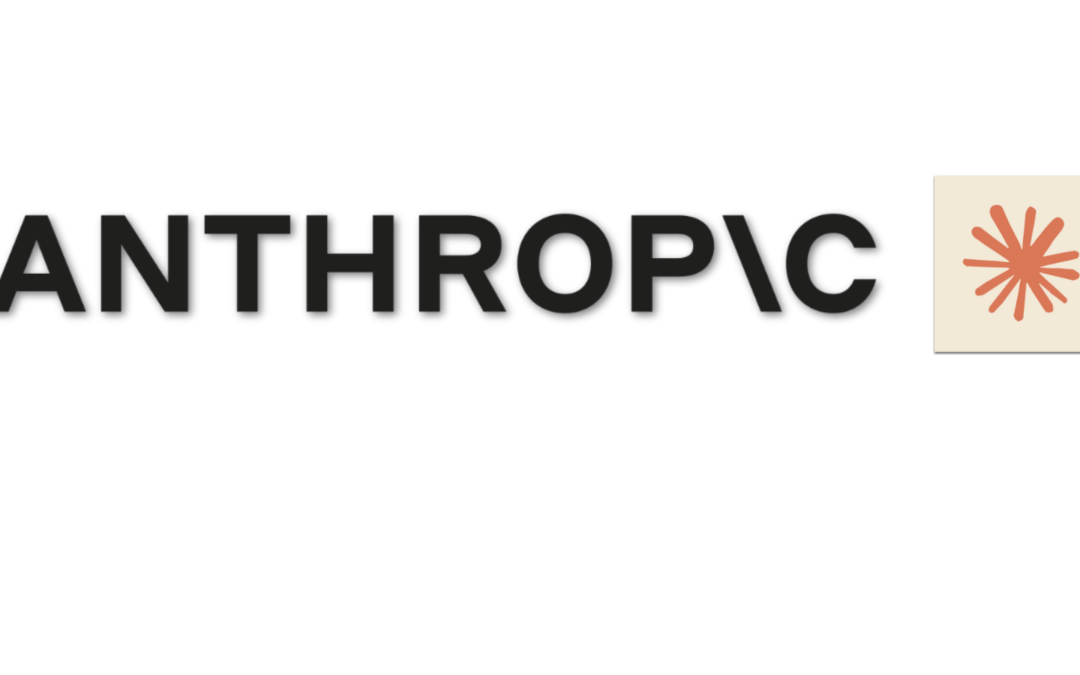Spotted In The Wild – Otter.Ai
![]() Spotted In The Wild features live websites presently using .Ai domain extension
Spotted In The Wild features live websites presently using .Ai domain extension
Otter.ai is an AI-powered platform designed to streamline meeting notes and transcriptions. It provides real-time transcriptions and summaries for virtual meetings, integrating with tools like Zoom, Google Meet, and Microsoft Teams. The standout feature, OtterPilot, can automatically join meetings, transcribe conversations, and generate summaries, highlighting key points and assigning action items. This allows users to focus on discussions without worrying about note-taking.
The platform also integrates with productivity tools like Slack, Salesforce, and HubSpot, enhancing workflow efficiency. It offers features such as speaker identification, keyword highlights, and multi-language transcription, making it versatile for global teams. Users can easily navigate, search, and share transcriptions, improving collaboration and ensuring that critical information is accessible.
Security is a priority, with all transcriptions securely stored and accessible only to authorized users. In education, Otter.ai helps capture lecture notes, supports remote learning, and assists students with hearing impairments. Media professionals benefit from efficient transcription of interviews and podcasts, streamlining content creation and editing.
Otter.ai enhances meeting productivity and information management by providing accurate, real-time transcriptions and actionable summaries. It helps users stay organized, improves collaboration, and ensures no important details are missed. With its integrations and focus on security, Otter.ai is a comprehensive solution for modern teams looking to improve their meeting workflows and productivity.
For more information, visit Otter.ai. ![]()
Content Summary: ChatGPT I Logo: Respective Website Owners

 Spotted In The Wild features live websites presently using .Ai domain extension
Spotted In The Wild features live websites presently using .Ai domain extension
 Spotted In The Wild features live websites presently using .Ai domain extension
Spotted In The Wild features live websites presently using .Ai domain extension Spotted In The Wild features live websites presently using .Ai domain extension
Spotted In The Wild features live websites presently using .Ai domain extension